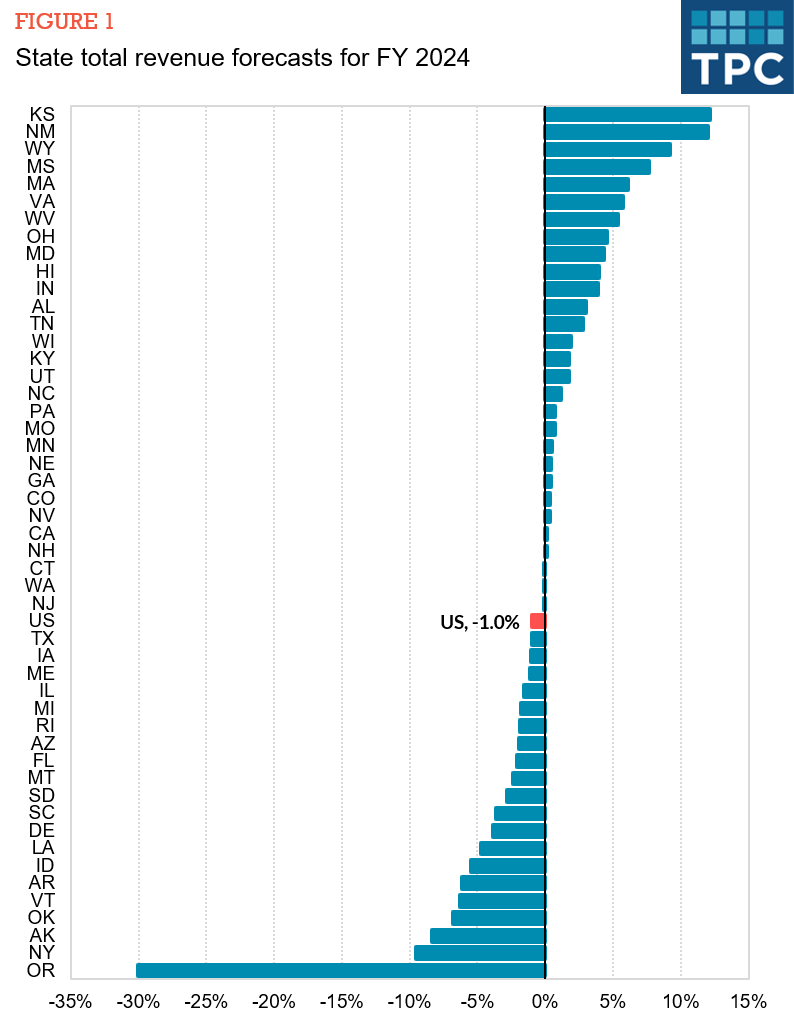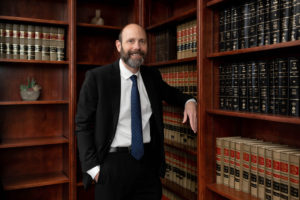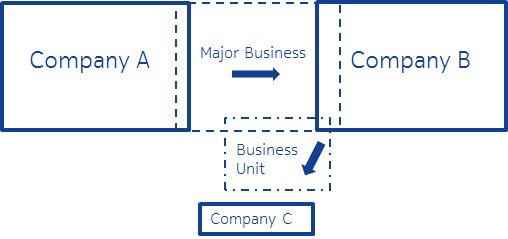The Risks Hidden in Public Pension Funds
The Oregon Public Employees Retirement Fund prides itself on being open about its investments, publishing monthly reports that provide more timely information than most other state and local government pension plans across the country.
But like many plans, Oregon’s state pension fund is perpetually hungry for high returns on its investments — higher than it expects from stocks and bonds alone.
So Oregon’s plan has been pouring money into private equity funds that are, by definition, illiquid and opaque. Those funds engage in debt-fueled takeovers of companies and promise their investors high returns. But the funds contain hidden risks that are not widely understood or clearly reported.
In fact, the reports posted by Oregon and other public pension funds routinely understate these risks, new research has found. The new findings are from Michael Markov, a mathematician who heads MPI, a financial technology company. He provided early warnings about the fraudulently consistent returns in Bernard L. Madoff’s Ponzi scheme. I’ve known Mr. Markov for years.
And he now says that, on average, the risks being carried by public pension funds are at least 20 percent greater than they are reporting, largely because they aren’t taking account of the true risks embedded in private equity. Oregon’s pension fund is over 40 percent more volatile than its own reported statistics show, he said.
Private equity returns exhibit low volatility because they are based on infrequent appraisals of private companies. “When you adjust for the stale pricing in private equity funds, the risks are much greater,” he said in a telephone conversation.
The Oregon pension system declined to comment for this column.
Unlike with 401(k) retirement accounts, workers in public pension plans don’t get to decide where their money is invested. Plan managers decide for them.
The Securities and Exchange Commission considers private equity too complex and perilous for ordinary people to rely on as core investments, an assessment with which I wholeheartedly agree.
Instead, academic studies suggest that the vast majority of us need diversified holdings of the entire public stock and bond markets through cheap, well-regulated funds, mainly index funds, invested with horizons of a decade or longer.
Having access to your money is important — but private equity funds typically require you to lock up your money for a decade or more, during which the valuations are frequently out of date. Bain & Company estimates that $2.8 trillion in global private equity funds contain “unrealized assets” — with subjective valuations that are not based on current market prices.
These are speculative and arcane asset structures with high fees, heavy debt loads and light regulation. Most people will be safer if they avoid private equity entirely.
But private equity funds have become far too important to ignore, even if you never invest in them directly.
Because we all know public employees, rely on their work, depend on government for services and, usually, pay taxes, just about everyone in the United States has indirect exposure to private equity. Increasingly, public pension plans rely on private equity funds, and some are understating the perils and overstating the expected returns in public disclosures.
The Pension Plans
Public pension funds need money for an important purpose: retirement checks for more than 25 million people — teachers, custodians, firefighters, police officers, social workers, data analysts, you name it — who have worked for state and municipal governments and already depend on public pensions or expect to.
But in 2022, public pension plans nationwide had only about 71 percent of the money needed to fulfill their long-term promises for retiree benefits, David Draine, an analyst at the Pew Charitable Trusts, told me in an email. In a report for the Center for Retirement Research at Boston College, Jean-Pierre Aubry and Yimeng Yin estimated that the funding percentage in 2023 was higher, by about 78 percent, but pointed out that these figures are based on actuarial assumptions about investment returns that may not be realistic. The real funding shortfalls may be vastly greater.
Most public pension plans haven’t been fully funded for years. The politicians who make decisions about employee benefits and state and local budgets are rarely in office when the retirement bills come due. That leaves pension funds with holes to fill.
They have only a few options, and most are unpalatable: cutting benefits, imposing increases on the money paid by workers and increasing employer contributions. Consider that the employers are state and municipal governments with tight budgets. Increasing employer contributions could mean cuts in services and tax increases.
So cash-strapped public pension funds have been reaching for higher investment returns, diverting assets from publicly traded stocks and bonds and pouring money into so-called alternatives, including real estate, hedge funds, commodities and, especially, private equity funds.
By now, private equity funds account for roughly 13 percent of the total holdings of all public pension funds across the United States. Oregon’s fund in June contained 27.8 percent private equity, more than most public funds.
Many public pension funds have portrayed these investments as high-return, low-risk ventures, an enticing combination, if you can count on it. Yet anyone who has studied finance — or has experience in investing — knows that you can’t consistently get high returns without taking on risk.
Another way of saying this is that if something looks too good to be true, I’d start with the assumption that it probably isn’t true.
The Private Equity Funds
Undoubtedly, private equity funds have made people rich — especially the people who run them. Stephen A. Schwarzman, chief executive of the Blackstone global private equity group, received $253.1 million in compensation in 2022, mostly through incentive fees and profits known as carried interest, an accounting loophole that allows private equity profits to be taxed at lower rates than the salaries of working people.
As owner of roughly 20 percent of Blackstone, Mr. Schwartzman also received more than $1 billion in dividends in 2022, on top of his executive compensation.
The lordly paydays of private equity have created many billionaires, thanks to a fee structure known as “2 and 20.” That’s Wall Street jargon for a “2 percent annual management fee and 20 percent performance fee,” as Gary Gensler, the S.E.C. chairman, explained in 2021. By comparison, broad stock and bond index funds, like those offered by Vanguard, Schwab and Fidelity, charge fees of one-tenth of 1 percent or less to ordinary investors.
While the steep private equity fees are negotiable for deep-pocketed investors, they are rich enough to generate enormous wealth for fund managers, who are also insulated from fund losses.
For employees of businesses acquired in private equity buyouts — often, with loans that use the businesses’ assets as collateral — it’s a different story.
Do a Google search for “companies destroyed by private equity” and what will come up is quite a list: Fairway, Friendly’s, A&P, Toys “R” Us, Sears, RadioShack, Payless ShoeSource, Sports Authority, The Limited and Aeropostale, for a start. Then there is the growing ownership stake of private equity in critically important sectors like health care, newspapers and private credit — the delivery of financial services outside the main purview of regulators like the Federal Reserve.
Impassioned articles, books (including a new one co-written by my former colleague Gretchen Morgenson) and advocacy groups say private equity is flat out “predatory,” and should be curbed.
The impact of private equity isn’t entirely negative. Some studies have found that private equity has increased overall productivity and hastened innovation, leading to net gains in jobs.
I’m not issuing any verdict here. But it’s worth asking whether it’s appropriate for public pension funds responsible for the retirement of teachers and janitors and firefighters to be enmeshing themselves in these thorny issues.
Risk and Reward
For public pension funds, the main lure of private equity is the promise of outsize returns. Some investments perform as well as expected. But many others are a chimera — a product of tricky accounting and valuations. This is a vast subject but here’s one important finding.
An impartial study of public pension plans found that from 2001 to 2022, alternative investments like private equity “had no statistically significant impact on returns when looking over the whole period.”
Mr. Aubry of the Center for Retirement Research at Boston College conducted that study. He allowed for the possibility of one advantage for private equity, “lower volatility in annual returns.” Mr. Aubry added, however, that “it is difficult to know how much of the reduction in the volatility is real rather than the product of lagged and imprecise valuations for some alternative assets.”
That’s why the new work by Mr. Markov is important. He’s found that in addition to their inherent staleness, private equity results are reported by pensions with an additional lag of three months, artificially smoothing pension returns.
In statements presented to the public, pension funds last year benefited from those lags because as the stock and bond markets plummeted, the private equity funds generally reported gains.
Now, though, with public markets rebounding, private equity valuations are beginning to depress public pension fund returns. The Oregon fund was a top performer in 2022, with a 6.3 percent return, but it gained only 3.2 percent in the 12 months through June 2023, its fund report shows. The fund’s stock holdings rose almost 15 percent. Its performance was hurt by a 1.8 percent decline in private equity, among other factors.
It is this lag in reported returns — not any special property of private equity funds or other so-called alternative investments — that makes them appear to be out of sync with public markets and to provide stability in plan portfolios, Mr. Markov said.
His company uses proprietary statistical techniques to adjust for these lags and posts the results for individual pension funds on its website for everyone to see. While some of the largest public pension funds, like the New York State Teachers Retirement System and the California Public Employees’ Retirement System, or CalPERS, reported risk levels that were quite close to Mr. Markov’s estimates, most did not. For the state of Washington’s public pension system, risk, as measured by standard deviation, was about 50 percent higher than the fund’s published returns showed, Mr. Markov estimated.
In short, private equity funds are difficult to assess, opaque and expensive. These characteristics, and some of the funds’ troubling economic effects, mean that, at a minimum, they need to be handled with great care. Or not used at all, which is the approach taken until now by Norway’s $1.4 trillion sovereign wealth fund. Yet even Norway, which has been committed to transparency in investing, is considering dipping its toe into private equity.
But the bigger private equity becomes, the fewer rare opportunities for investment there will be. That’s axiomatic.
Underestimating risk could have unfortunate consequences. In a protracted downturn, losses could be significant. There could be pain for retirees and taxpayers. Public pension funds need to proceed thoughtfully.






